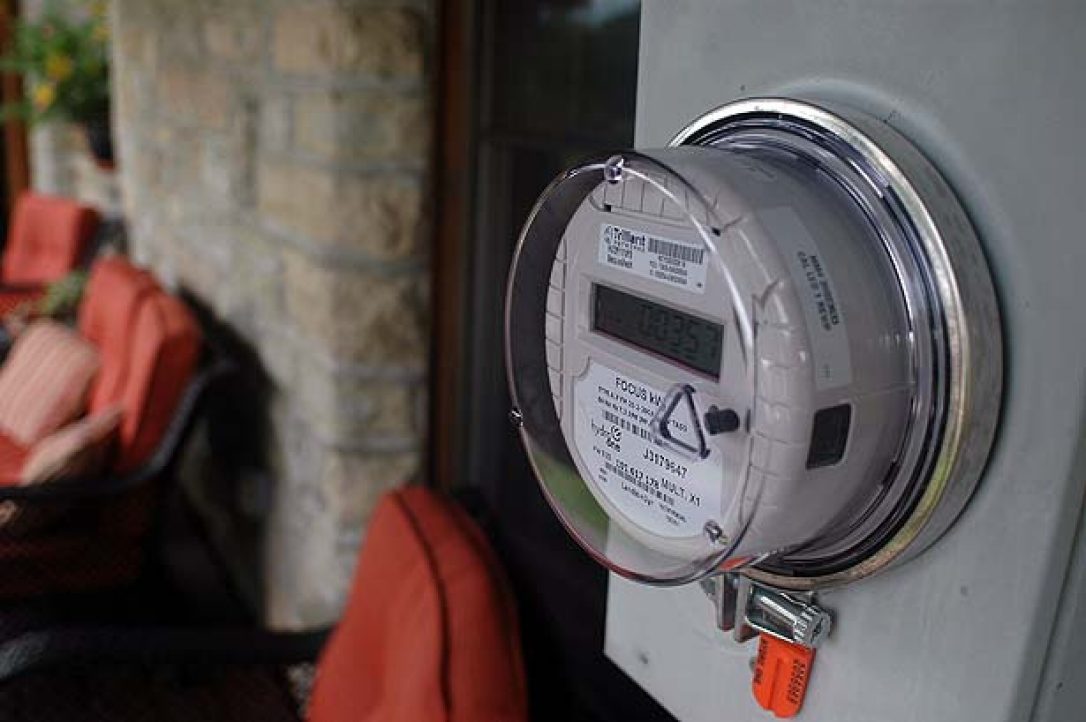Source: CBC NEWS
Electricity prices in Ontario rose over the weekend, pushing the average household hydro bill up by 3.4 per cent.
Here’s a look at the new rates:
- The price for off-peak hours rose 0.3 cents to 8.3 cents/kWh.
- The price for mid-peak hours rose 0.6 cents to 12.8 cents/kWh.
- The price for on-peak hours rose 1.4 cents to 17.5 cents/kWh.
The Ontario Energy Board said there are several factors behind the price hike, including increased costs related to Ontario Power Generation’s nuclear and hydro-electric power plants, as well as costs from renewable sources like wind and solar.
There are some things you can do to keep your bill down, though. Toronto Hydro’s Tori Gass has these tips to keep your bill as low as possible.
1. Reduce phantom power
Keeping electronics like televisions, computers and phones plugged in all day draws electricity even if the devices aren’t in use. This is called phantom power.
To reduce this, plug all of your electronic devices in a power bar, and turn the entire power bar off once you leave the house.
2. Use LED bulbs
According to Hydro One, switching to LED bulbs can cut your electricity use by up to 75 per cent. LEDs last much longer and stay cool.
3. Use a programmable thermostat
Setting your programmable thermostat at 18 degrees while you are sleeping and when you leave the house can reduce your heating costs up to 10 percent.
“For every degree lower that you set your thermostat at you can save 3 per cent on heating costs,” said Gass.
4. Dishwashers
Running your dishwasher during off-peak hours can save you about half the cost of electricity as running it during peak hours. Use the air-dry setting or leave the door open to naturally dry the dishes.
5. Laundry
About 25 per cent of all household hot water is used for washing clothes. If you use cold water for washing and rinsing you could save enough energy for about 220 showers.
Wait to do a full load of laundry, and do it only during off-peak hours or weekends.
If you are buying a new washer, go for an Energy Star model. They are 20 per cent more efficient.
6. Clothes lines
Forego the cost of drying your clothes and air dry. In the summer, put your clothes on an outdoor clothes line. Or you can air dry your clothes inside using a drying rack.
7. Microwave or toaster ovens vs. electric stove
If you need to reheat or cook something on the fly, microwaves and toaster ovens use 50 per cent less electricity than an electric stove.
8. Window and door treatments
Window and door air leakages account for 25 per cent of heating costs. Purchasing plastic window covers and weather stripping your doors can seal in more heat and lower your bills.





